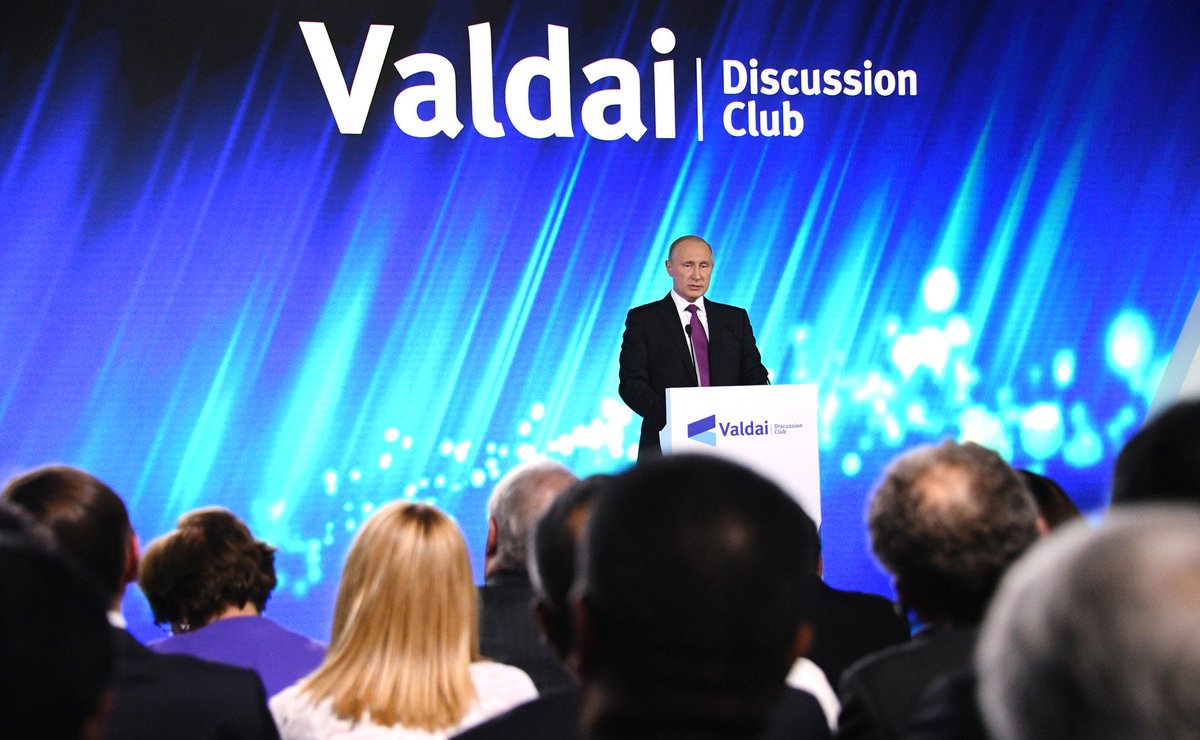Trump and secessionism
While the neo-conservatives were hoping to create a « world revolution » by exporting their form of « democracy » by means of war, President Trump is basing his foreign policy on the respect for State sovereignty. Consequently, he has put a stop to all US support for separatism. Thierry Meyssan reminds us here of the ambiguities in the US position on secession, then demonstrates the common features of the events in Kenya, Iraq and Spain.
Over the last few years, the CIA has supported secessionist movements in favour of the Luo people in Kenya, the Kurds in Iraq and the Catalans in Spain. These groups, which still believed only recently that they could create new artificial independent States, have been abandoned by the United States since Donald Trump’s arrival at the White House, and are now on the brink of collapse.
United States - secession, entirely at the service of organised pillage
The United States have always maintained a variable concept of the right of peoples to self-determination.
In 1861, Washington would not accept the will of the Southern States to continue living as a Confederation, while the Northern States intended to impose a Federation with customs duties and a single central Bank. As soon as he was elected to the White House, President Abraham Lincoln put down the secession. It was only during the civil war that followed that the moral question of slavery progressively identified the two sides. It is very easy today to forget the million people who died in this war and condemn the Confederates as racists, while at the beginning of the conflict the question of slavery had nothing to do with it, and the Federation also included several « slave » states.
During the construction of the Panama Canal, just before the First World War, Washington invented a Panamanian people, supported their movement to separate from Colombia, and was the first country to recognise their independence. Washington then installed an important military base and took over the construction of the Canal, de facto, right under the noses of the French investors. As for the pseudo independence, President Omar Torrijos, who renegotiated the sovereignty of the Canal in 1977, never saw it come to fruition, and was murdered in a plane crash. The Chief of Staff, General Manuel Noriega, never saw it either, when Washington decided to get rid of him at the end of the war against the Sandinistas (Iran-Contras). Accused of having been responsible for the death of a US soldier in 1989, he was imprisoned by the United States Army, and his country was then devastated during Operation « Just Cause » (sic).











